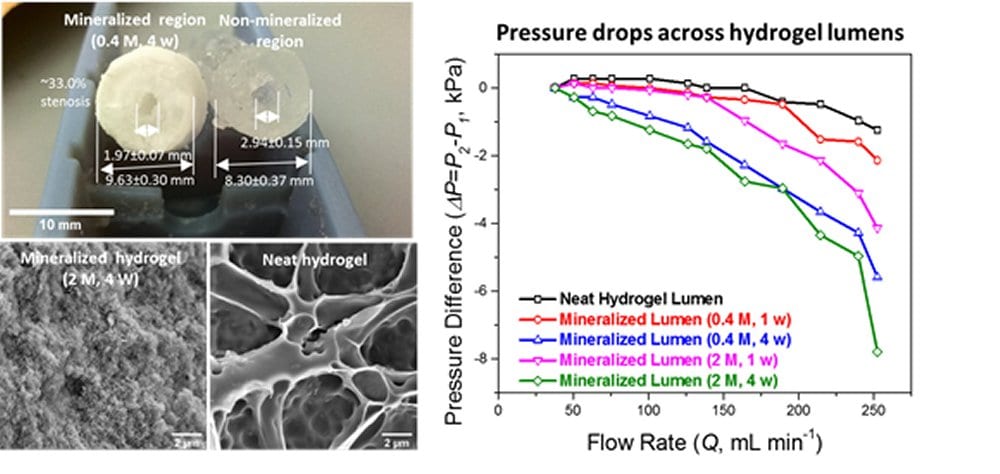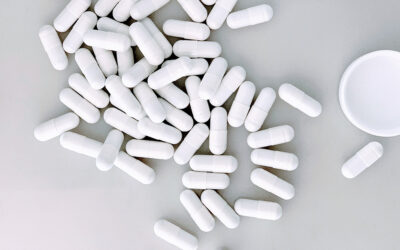Computational fluid dynamics (CFD) is presently being used for modeling coronary artery pressure and flow, and predicting surgical outcomes for coronary artery disease (CAD). The complexity of blood flow in arteries in tandem with the gradient transitions in mechanical properties between healthy (soft) and plaqued (stiff) arterial tissue make accurate predictions difficult. To obtain more information for CFD as well as to verify outcomes of the models, artificial arteries (phantoms) are used as physical models. Ideally, these phantoms would represent a patient’s specific arterial geometry, mechanics, and material properties for use in diagnostics and predicting the outcomes of invasive procedures.
Recent advances in hydrogel chemistry has made them candidates for engineering materials, particularly in biomedical devices. In particular, they have the potential to mimic both the chemistry and mechanical properties of coronary arteries for phantoms. Towards that goal— Robert F. Shepherd et al. from Cornell University have molded a hydrogel lumen using a tough polyacrylamide with regions selectively mineralized with calcium phosphate to mimic plaque. By tuning the degree of mineralization using conditions such as calcium concentration and crystallization time, the researchers controlled the extent of lumen occlusion as well as the structure and mechanical properties of the composites. The occluded lumen generated larger pressure drops and commensurately lower flow rates compared with non-mineralized hydrogels; these effects can be tuned to comparable or more severe conditions than those related to natural arterial occlusions. This molding technique will allow these phantoms to be fabricated in patient-specific geometries that will be useful for interventionalists and surgeons to plan for individual procedures.

















